You may still be able to obtain funding from ARP ESSER before the current September 2024 and December 2024 deadlines, but you’ll need to hurry! Plus, the new Inflation Reduction Act (IRA) opens up new opportunities for SolarPV.
By David M. Newman, PE, CEM, LEED-AP, CEA,
Vice President of Engineering, Energia
The current window for funding upgrades for school district building health and safety under America Rescue Plan Elementary and Secondary School Emergency Relief (ARP ESSER) is rapidly closing. Any funds to your school district must be committed by the end of September 2024 and liquidated or paid out by the end of December 2024. The challenge, aside from bids, design and permitting, is obtaining the necessary equipment – some of which can take as long as 30 to 50 weeks to source and deliver. Additionally, finding ample time to install the equipment – ideally during Summer break – means shifting the timeline out for months.
While it sounds like the deadlines are a couple of years away, in practice, the time to obtain the necessary bids from contractors, source equipment for installation and coordinate construction with school occupancy means that if your district has not already begun the process, you may not be able to take advantage of the funding.
Almost.
We have been able to assist some of our school district clients with obtaining ARP ESSER funding for specific fresh air-related equipment, like windows and HVAC systems, by working with contractors to coordinate and phase plans for specific upgrades where equipment can be sourced quickly and installation phased to allow installation during school year periods with minimal disruption.
Targeted ARP Projects Can Work
We have found that by targeting discreet projects, like an HVAC replacement or a window replacement that affects individual rooms or areas in a school, we can orchestrate targeted construction dates with our district customers and their contractors that have minimal impact on students – perhaps relocating classes for a few days while construction occurs.
The Department of Education has also indicated that they are aware of the challenges facing school districts in obtaining these much needed funds under less than ideal conditions due to continuing supply chain issues as well as standard construction regulations and permitting requirements. The DOE has indicated a willingness to consider requests from school districts for an 18-month extension on spending emergency funds under the ARP beyond the September 2024 deadline.
DOE Considering 18 Month Extensions
According to a letter from Roberto Rodriguez, Assistant Secretary for the Office of Planning, Evaluation and Policy Development at the Department of Education, “the Department has the authority to approve liquidation extension requests based upon the specific facts and circumstances of a given obligation and upon written request of an SEA grantee… If approved, grantees may have up to 18 months beyond the end of the obligation period, although requests for longer may be considered related to extraordinary circumstances.” The DOE has now provided specific guidance on obtaining extensions for the previous funds granted under the CARES Act and similar guidance for ARP funds is expected to be published soon.
Inflation Reduction Act (IRA) Offers New Avenue for Funding Renewables
The recently passed Inflation Reduction Act (IRA) includes major incentives for renewable technology in the form of Investment Tax Credits (ITC). The new federal act both extends existing incentives and adds more lucrative incentives. This applies to a raft of renewables, but most relevant to school districts is Solar PV eligibility.
This is potentially very significant, as the ITC incentive can yield 30% of the total cost of Solar PV installation, including interconnection costs, with bonuses for certain scenarios.
What’s really changed though is a new “direct pay” option that allows tax-exempt entities – like school districts – to directly transfer the tax incentive to a taxable entity such as an installer or ESCO, without penalty. This is very significant since non-taxed entities previously had no easy way to benefit from this tax credit. By passing the credit to the installer or ESCO, your school district can dramatically defray the cost of SolarPV installation.
How Energia Makes Your Energy Savings Project a Success
In each of the cases above, it is important to work with an experienced group that acts as your advocate and guide when assessing energy savings projects and obtaining the greatest available benefits from your funding options. Energia leads the country in driving successful school district energy-savings projects. Our team of highly qualified engineers has years of experience, managing energy saving projects to save school districts money. We partner with school districts to uncover energy cost savings that can be used to upgrade and modernize school buildings.
